The Kurentovanje Festival in Ptuj
A child in a demon mask has just walked past me. Jingling bells are attached to his costume, merry sounds echoing mellifluously over the Drava river. By his side, his father is leading him to a group of men, all wearing similar furry suits, all jumping and dancing, the cacophony of the bells now growing and growing. I am in Ptuj (pronounced: tooie), the oldest town in Slovenia. Located right by the country’s eastern border with Hungary, Ptuj is a stunning town of winding alleyways, looming churches and cobblestone streets. But it is not for the beauty of the town that I am here today. A peculiar cultural event is about to take place. Kurentovanje festival.
kurentovanje festival
WHERE: Ptuj, eastern Slovenia
WHY: Cultural experience
TIME: 15 - 25 February every year
Each February for the past 50 years Ptuj has hosted the Kurentovanje Carnival. The festival is all about driving away winter and summoning spring via the jump of the kurent – the favourite type of Slovene carnival costume. According to old beliefs, the kurent was a demon who drove away winter and beckoned spring into the countryside. While there is no agreed upon origin for the kurent, most people agree it probably originated with the Celts and was appropriated by the Slovenes who emigrated to the region later. Regardless, Slovenians have been dressing up as the kurent en masse in Ptuj since the 1950’s , gathering in huge numbers each February to shake their cowbells to scare away spring.
We weren’t really sure what to expect when we arrived for the opening parade this past February. We had read a few blog posts about how large the festival would be, and had seen photos of the opening parade. But none of that felt like ample preparation. We knew that this was a big deal for Slovenes, and was likely to be a big day. However, we were soon to find out just how uneducated we were about the Kurentovanje festival.
The day started out seemingly disorganised. As we crossed the river into town, we were swarmed by locals in costume. Some were dressed as the kurent, while others were seemingly pirates, some in traditional garb, and one guy was definitely dressed as Karl Lagerfeld. Where were we? What was this? I’ll admit feeling some sense of trepidation as we posted up alongside the barriers that lined the main drag into town. What had be gotten ourselves into?
Distantly, we could hear the clanging of cowbells. They’d be banging all morning, the sound of one kurent moving slightly, or tugging another to sound their bells. The noise was everywhere, interspersed with thin cracks of what sounded like firecrackers exploding. About us were families, local people and groups of seemingly engaged teenagers. Teenagers! Teenagers hate cultural events. What the hell kind of event was this that even teenagers liked it?
The parade started suddenly. All at once a large group of men carrying long leather whips were descending down the main road. If we hadn’t been behind a barricade, I’d have feared we were under attack. However, the source of the firecracker sound was soon to be revealed. The men, dressed in traditional clothing, were whirling the whips wildly, the sinuous ropes cracking loudly with each pass. The locals about us hooted and clapped, applauding uproariously when a boy of no more than six was handed a whip and made a small crack.
Next came a series of smaller processions. Each group coming through represented a different region of Slovenia, with some of the smaller groups coming from as far afield as Austria and Hungary. Most of these groups were composed of rings of young couples slow dancing, and one bizarre group of people dressed in anthropomorphic dog costumes that had the seeming ability to spit water at you. It was a wild time.
With each passing group of paraders, they’d be carrying bottles of locals spirits, cured meats and wine. Selecting members of the crowd at random, a member of the group would dash over, pour them a shot, cut off some sausage or give them a glass of wine. Seemingly by chance, I was given a shot of something that was only described as being ‘Jäger.’ I drank it and it tasted of fire. I loved it.
After these processions, the main event arrived. The kurent. You could hear them a mile off. Before the crested the bend in the road the cacophony of their cowbells announced them. Yet they came in droves; large groups of them representing every corner of Slovenia. Some wore curved devil masks, others with feathers, some with tasseled ribbons atop their costumes. They spun in widening circles, rushing towards the crowd, some dancing, others rolling on the road. It was chaos, but beautifully so - the crowd was absolutely loving it.
Traditionally, only unmarried men were able to were the kurent costume. However, these days men, women and children of all ages and marital status wear the wooly costume. As we watched we saw families with young children marching in the parade, all shaking their cowbells, spinning in circles and jumping. Oh the jumping. There was so much jumping. It was quite a sight; these adults wearing sheep-skin wool suits jumping a great circle to make the loudest sound possible with their cowbell costume to scare away the winter. As far as cultural experiences go, this was fairly pinnacle.
We stayed and watched the procession for some time before moving through the rows of people. Everywhere I looked there were smiling faces: young and old enjoying the experience of the kurent jumping and dancing. Every now and then a kurent would rush over to the barriers and bow their masked heads to an audience member, shake hands with them and perhaps hug them. This is said to bring the receiver considerable luck. Carlie received this honour several times while I wasn’t so lucky. I guess time will tell. Perhaps we should head to a casino right now and test this hypothesis?
As the day turned towards afternoon, I was struck by just how surreal an experience this was. I have honestly never seen anything so strange and bizarre, yet beautiful all the same. The town was truly aflame with the spirit of the festival, the bizarre local customs coming to the fore as people began to tuck in heartily to the wine and local spirits on offer. At one stage we even saw a procession of Bolivian dancers who had made the pilgrimage to join the parade and dance. Truly bizarre.
As the parade ended, we took to wandering the streets of Ptuj. Everywhere we looked there were kurent taking their masks off, now huddled in smaller groups, or sitting at pubs, enjoying a cold beer and the fresh air. The people of Ptuj, keen to celebrate, were joining them. There was a truly festive quality to the air and families, teenagers and foreigners (us) alike were joining in the celebrations. As the afternoon turned towards evening we could see the party starting to kick off - pubs were full to bursting, people were cracking out the whips in the middle of the street (whilst very drunk) and the kurent were roaming the streets, looking for mischief. It was pretty awesome to witness, and as we walked home we watched as one kurent snuck up behind an unsuspecting tourist and stole her hat (apparently the kurent are allowed to engage in larceny?) However, the devious kurent gave her the hat back and laughs were shared. As I said, a truly, truly bizarre sight.
KNOW BEFORE YOU GO
If you also want to see the Kurentovanje festival, you’ll need to get to Ptuj from between the 15-25 of February. It occurs once per year, and there are generally around 10,000 spectators there. The opening parade was our favourite part, which occured on the 15th of February. If planning to visit, I’d suggest either hiring a car and parking out of town and walking in, or booking accomodation very far in advance. Also do note that this is a winter festival, so it is likely to be fairly cold during the parades, so prepare accordingly.
Ptuj is located about half an hour away from Maribor by car. However, it is also serviced by bus and train routes from both Ljubljana and Maribor. The local airport is located at Maribor.
Ptuj is a tiny town, and you’ll struggle to get accomodation close to the start of the festival. However, the following are all reputable places you can kip for the night;
Park Hotel Ptuj: 47 - 126 euro per night.
Hotel Mitra: 5-100 euro per night.
Ptuj's Campground: Open year-round and close by to town. Will cost between 25-50 euro per night, and has really good facilities (and is very close to the famous thermal baths of Ptuj).
As far as food options go, there is a myriad of street food vendors slinging food all festival during Kurentovanje. You really need to try one of the local doughnuts - they will be filled with jam or marmalade, and cost 80 cents a piece. So good. You should definitely also eat at the following places, which were our favourites in town. However; be warned, they get really, really busy during the festival - so book ahead or be prepared to wait.
Pizzeria Zlatonog: Amazing locals favourite spot. Pizzas are super dense and really, really good. They wont cost you more than 6 euros per pizza and you definitely only need one between two people. this is our favourite spot to eat in Ptuj.
Gostilna Ribic: A slightly more expensive option, but very, very tasty. They serve up amazing local specialties. They were really busy during the festival, but we managed to get a table after a short wait and the food was super good. Imagine slow cooked stews and weinerschnitzel and you’ll be spot on.
The Kurentovanje festival is a once in a lifetime opportunity to visit, and is something any visitor to central europe and Slovenia in particular should consider attending. We had an absolute ball watching this and took an absolute excess of photos. To view some more, scroll through the gallery below!
Any questions or concerns about the Kurentovanje festival? Hit us up in the comments section below! Like what you’ve read? Hit subscribe below!

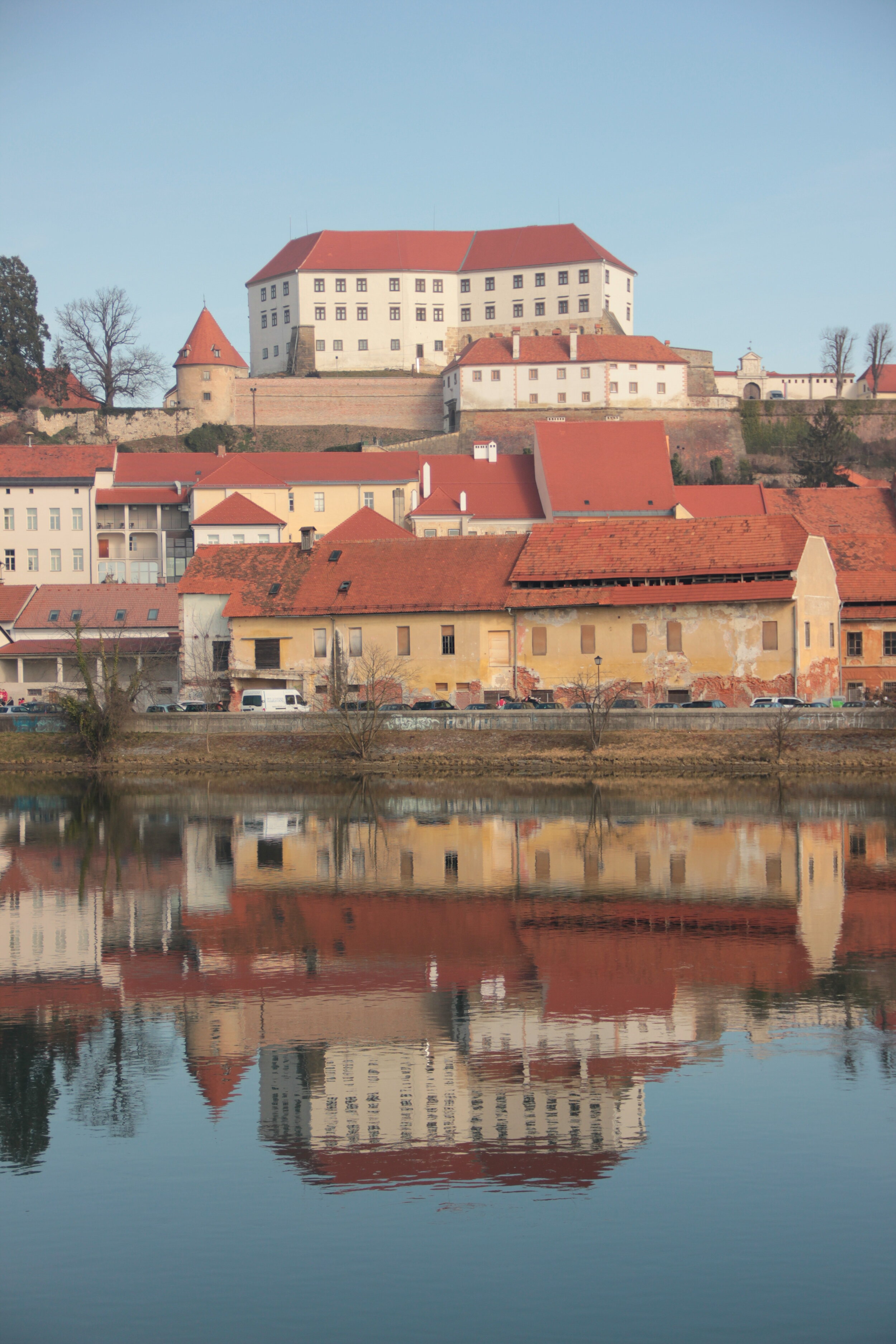
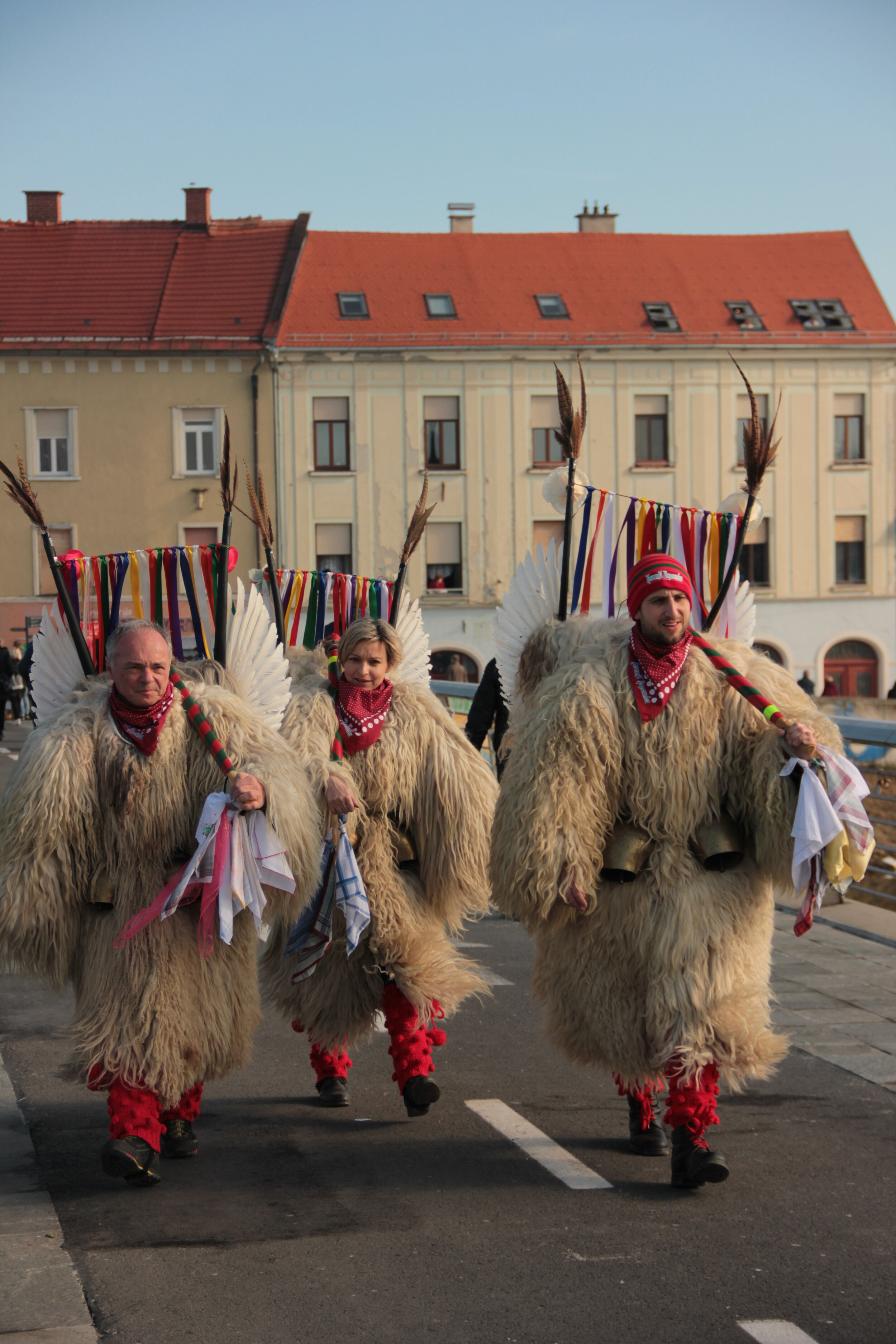

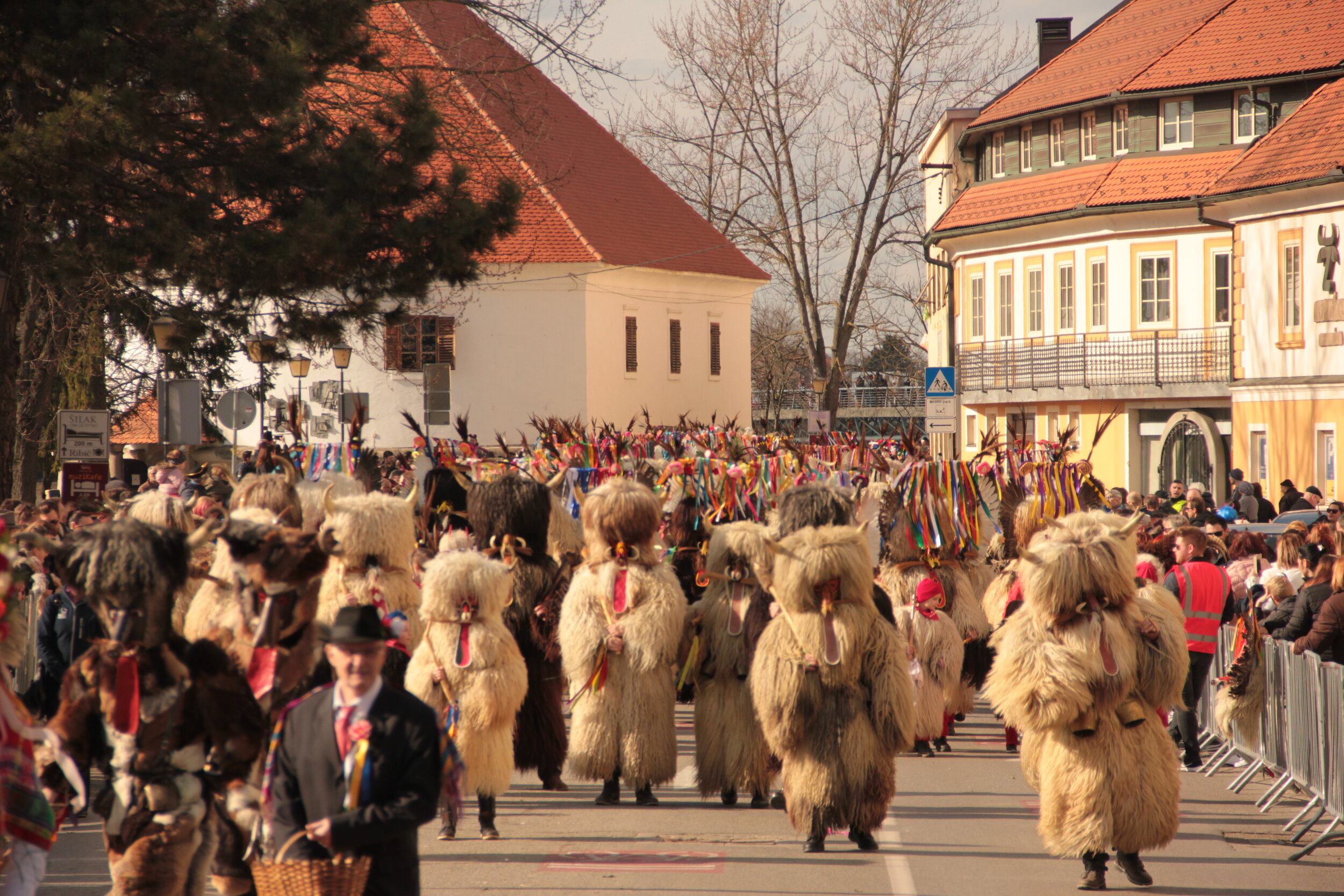
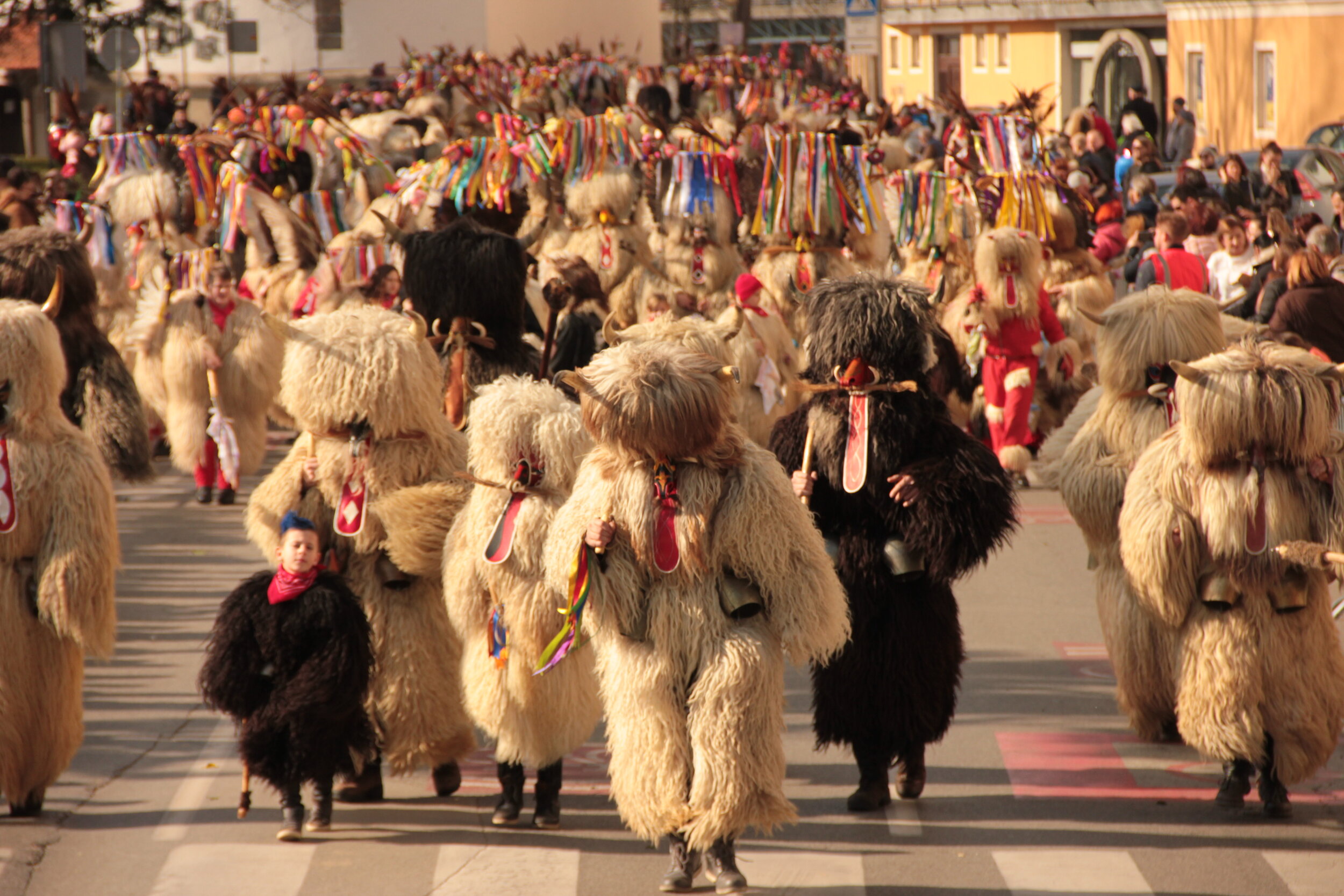

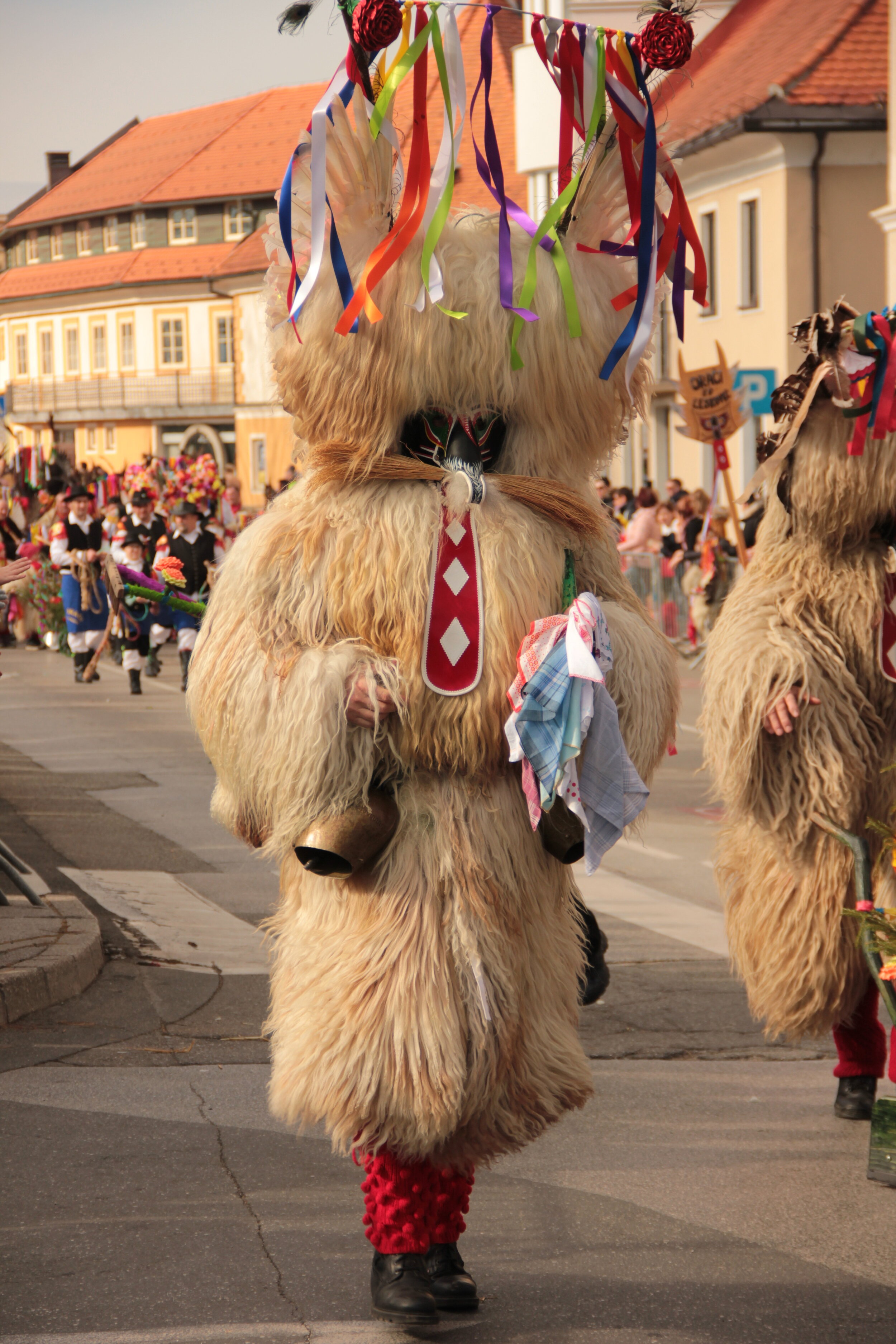
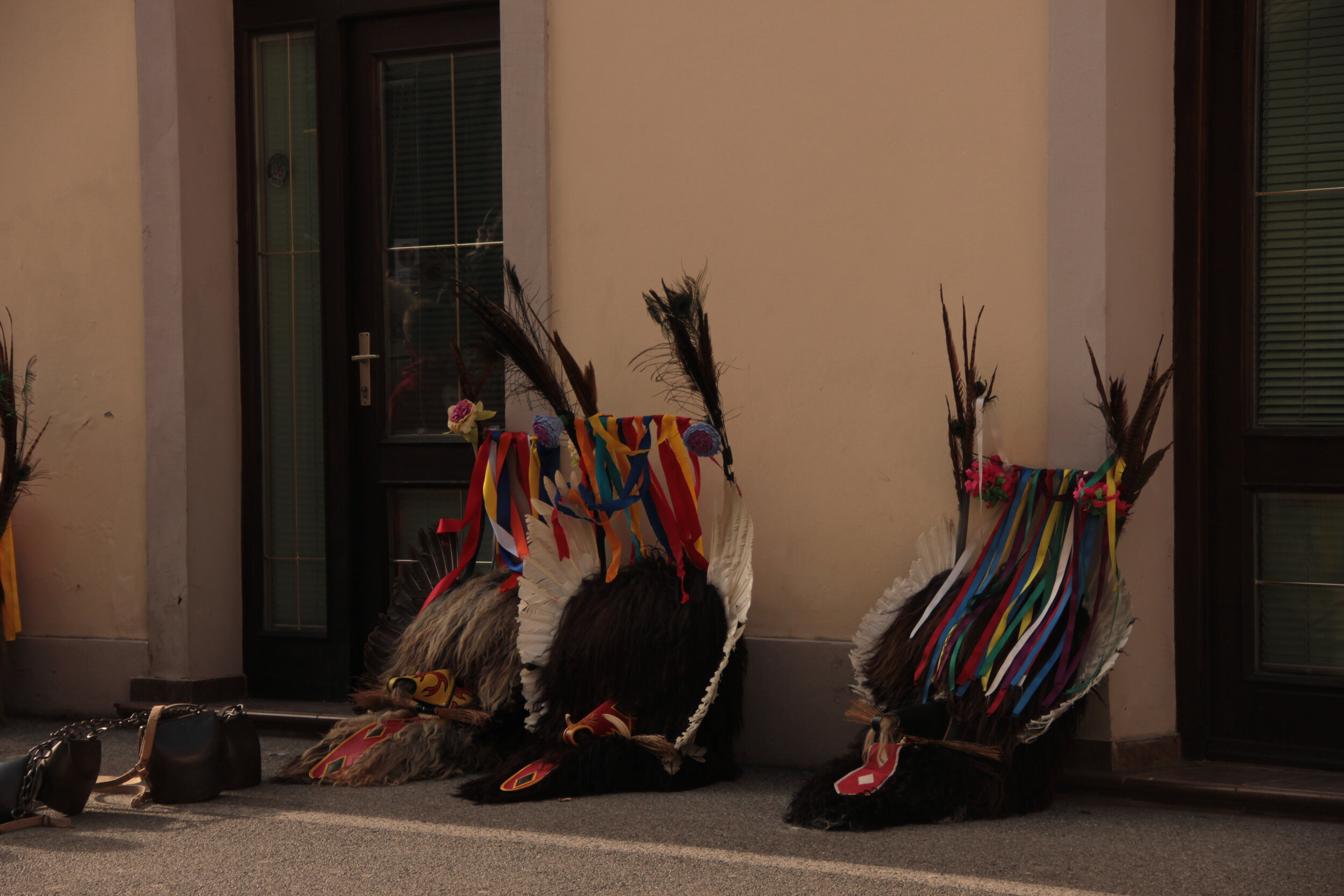
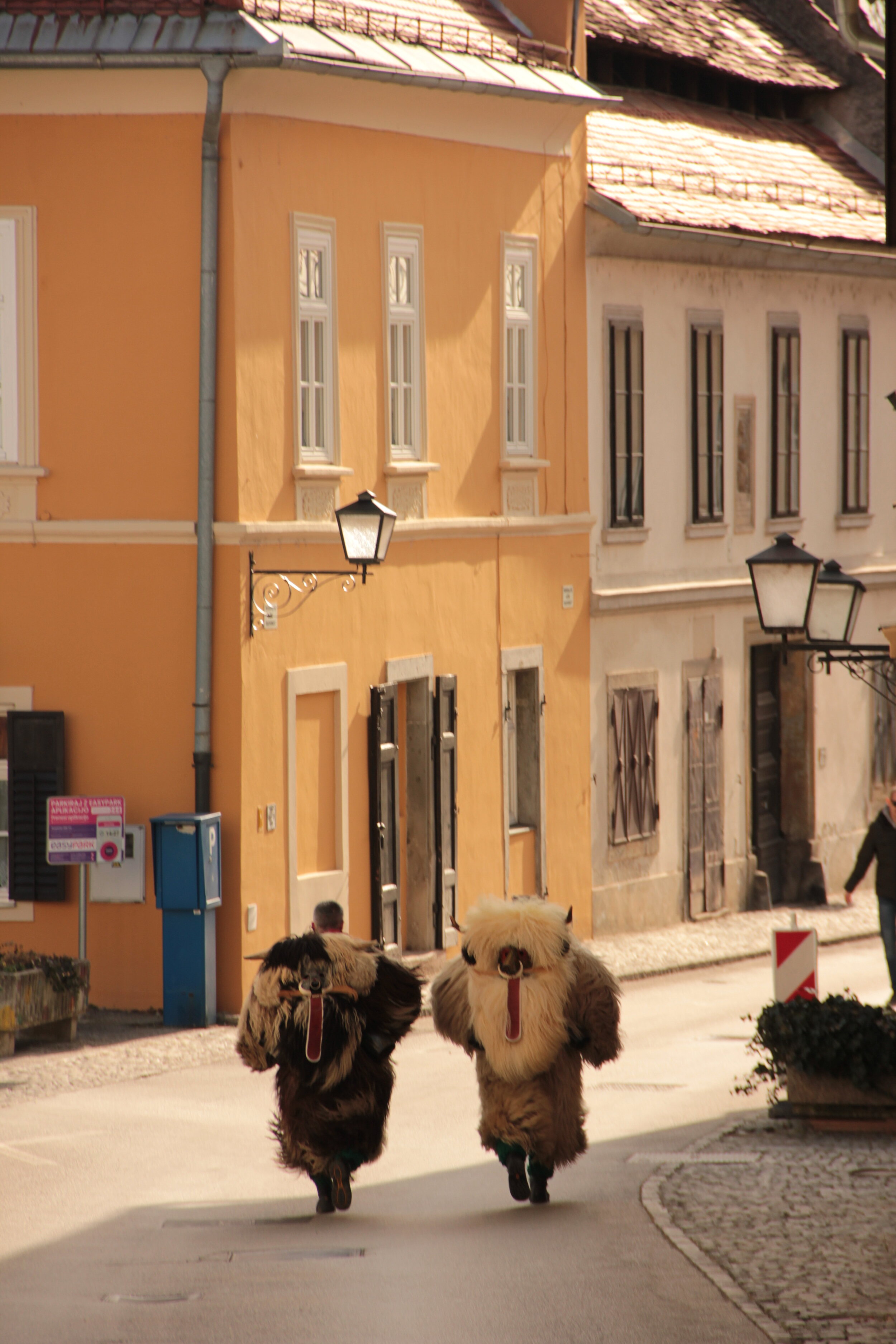

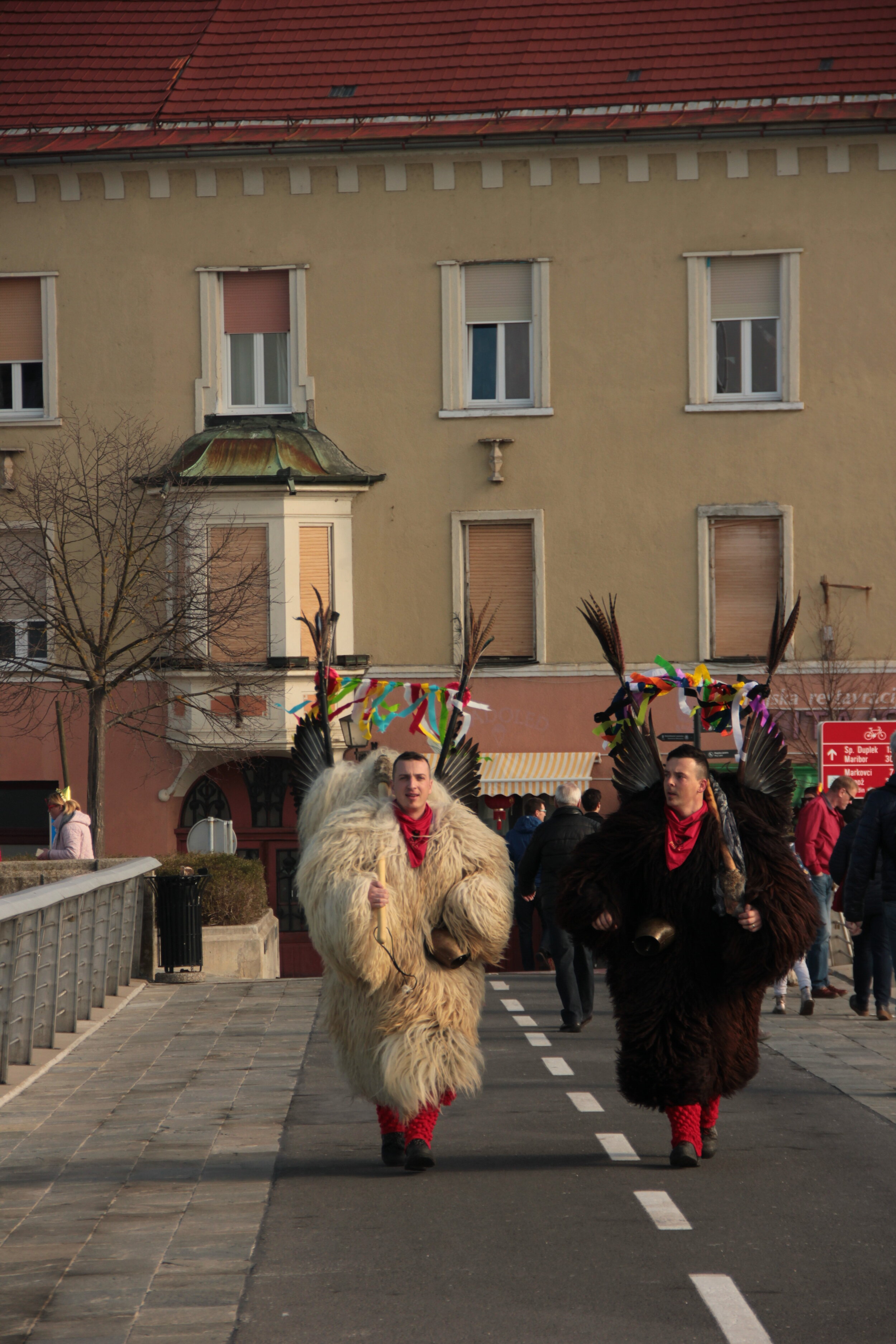
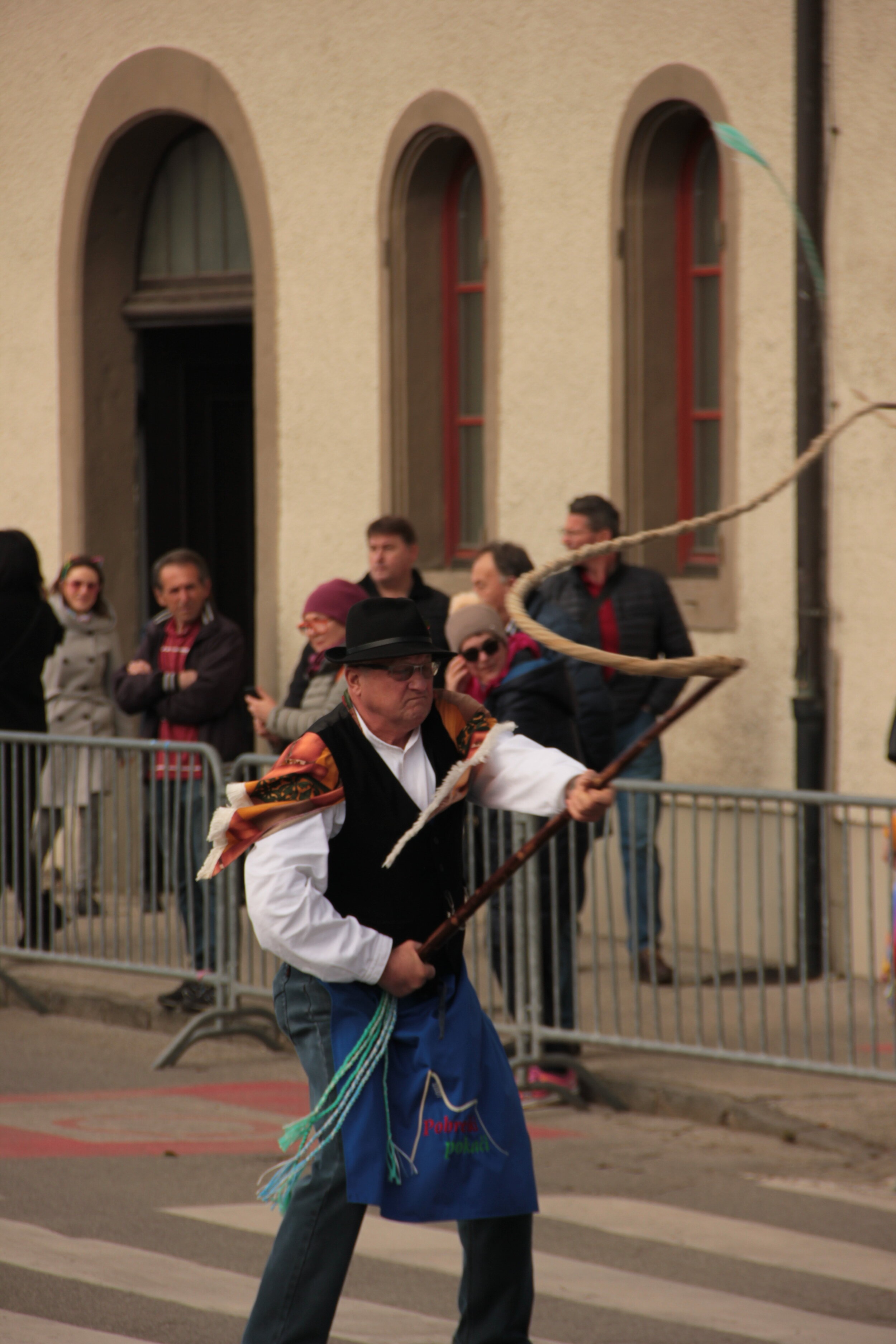
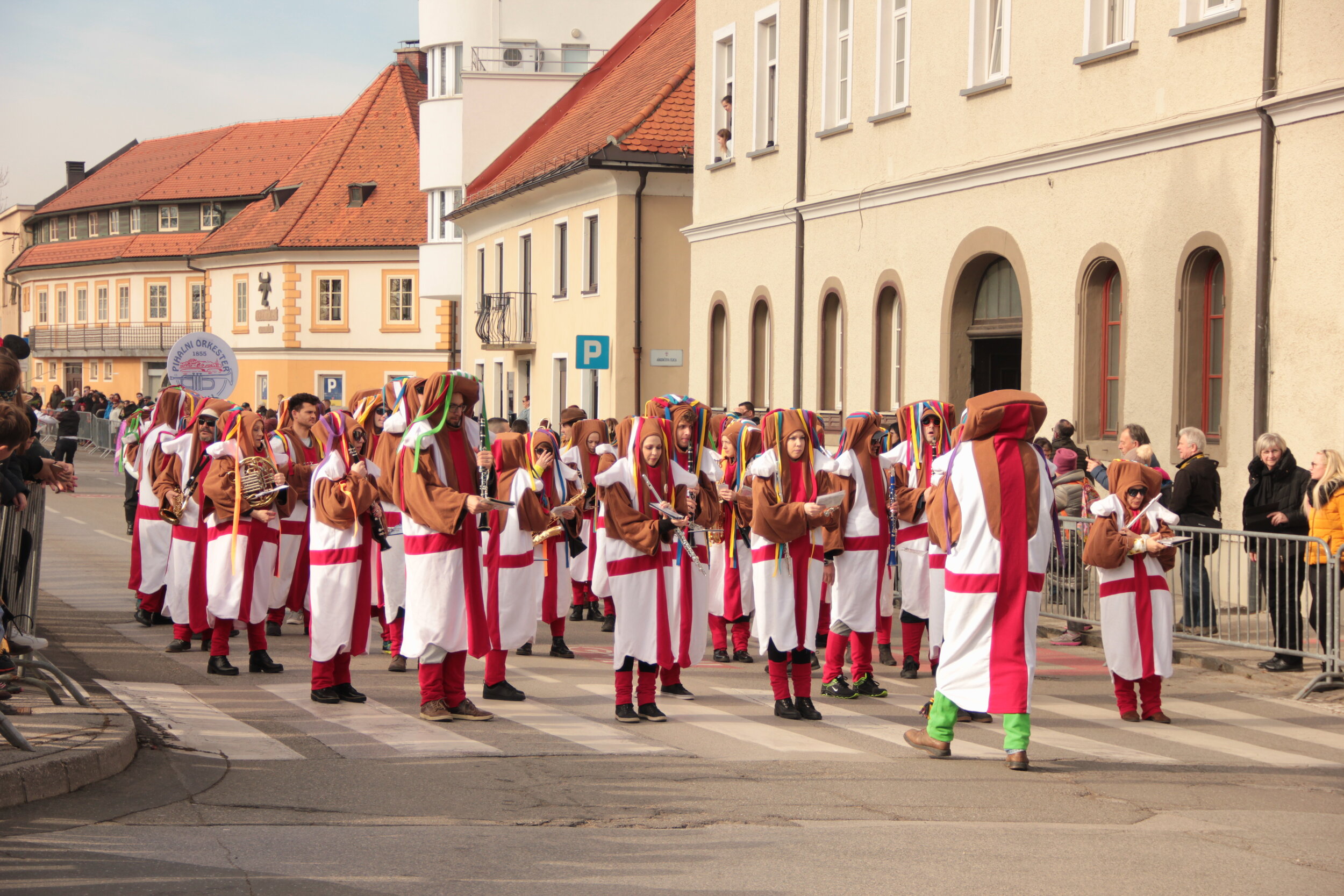
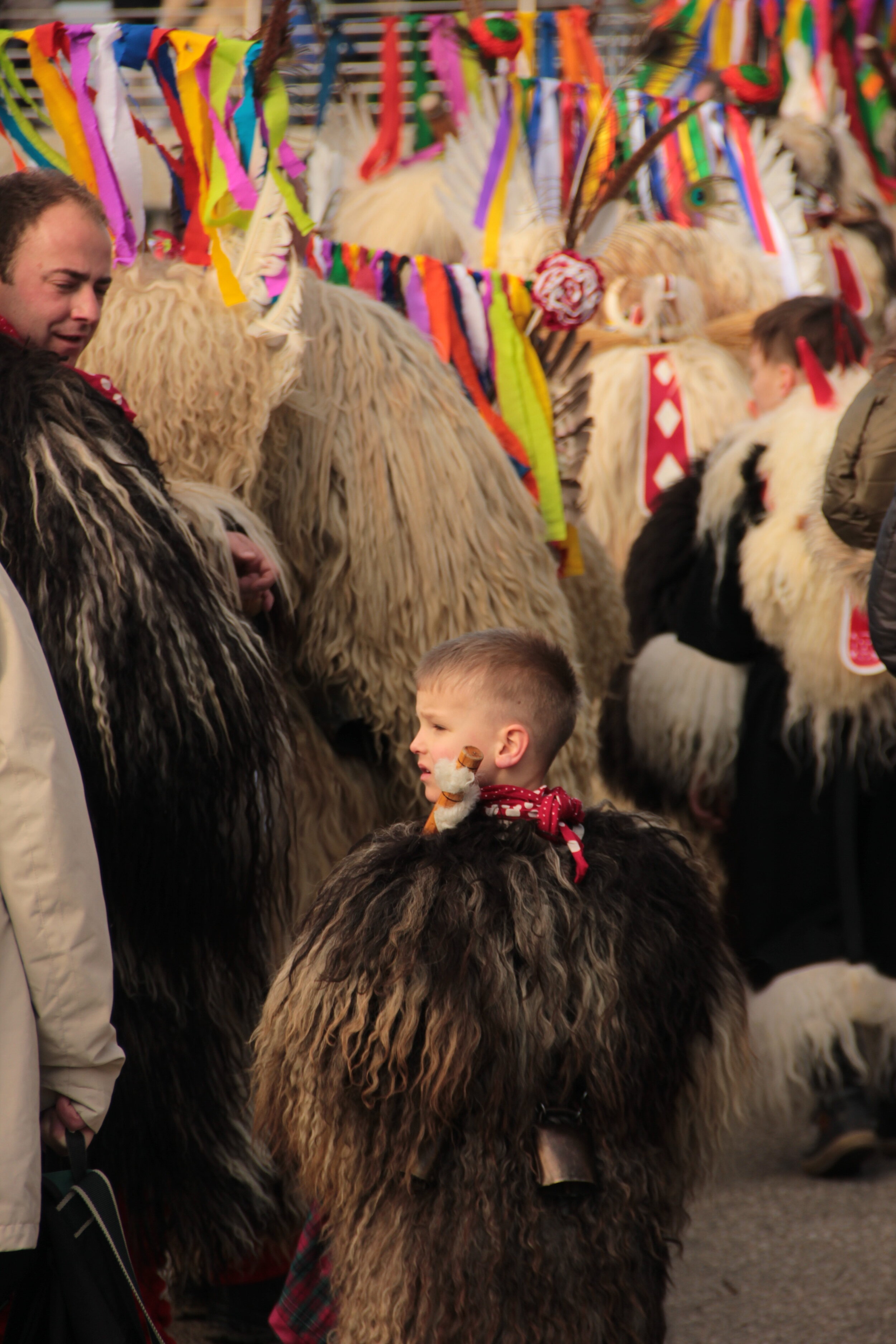
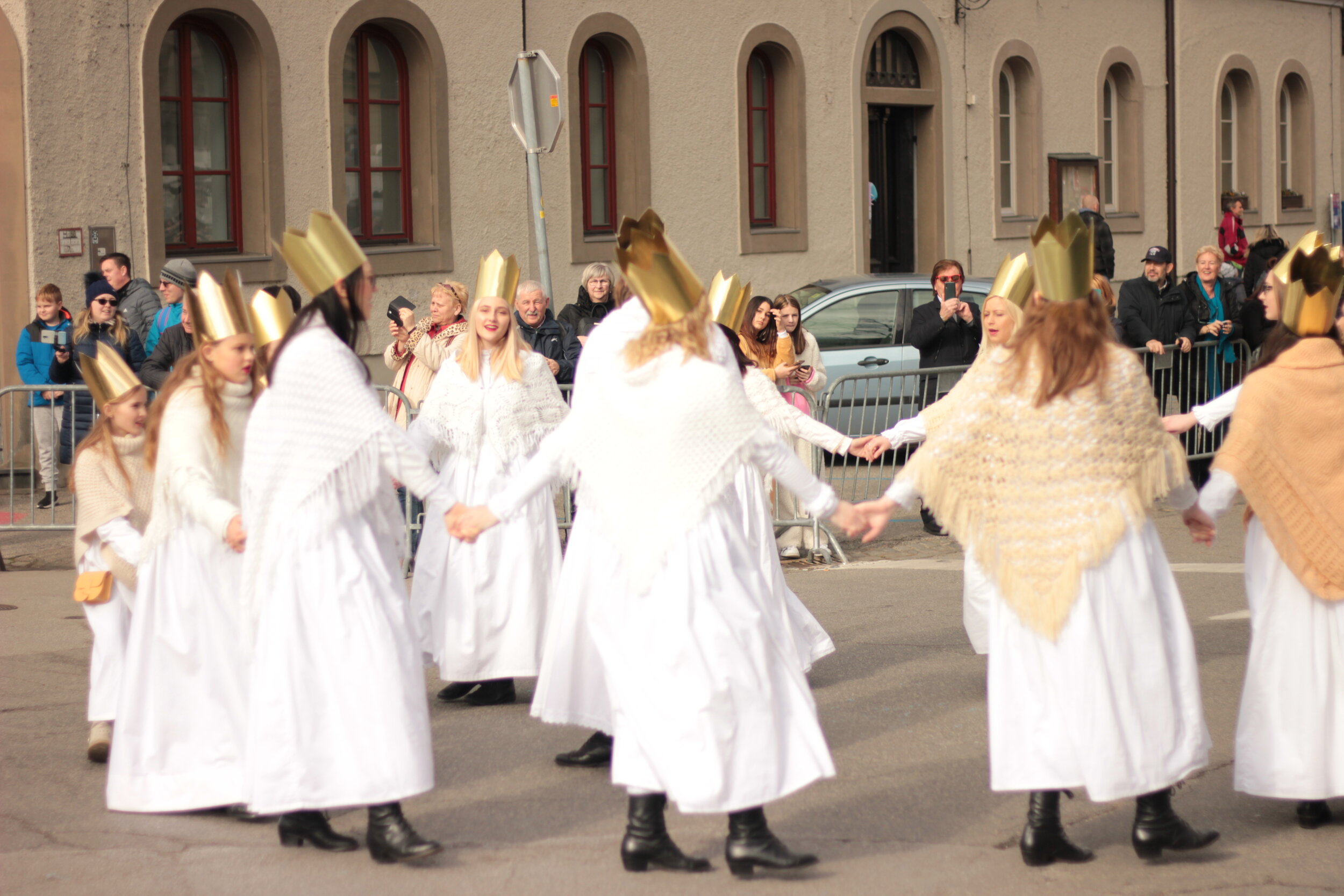


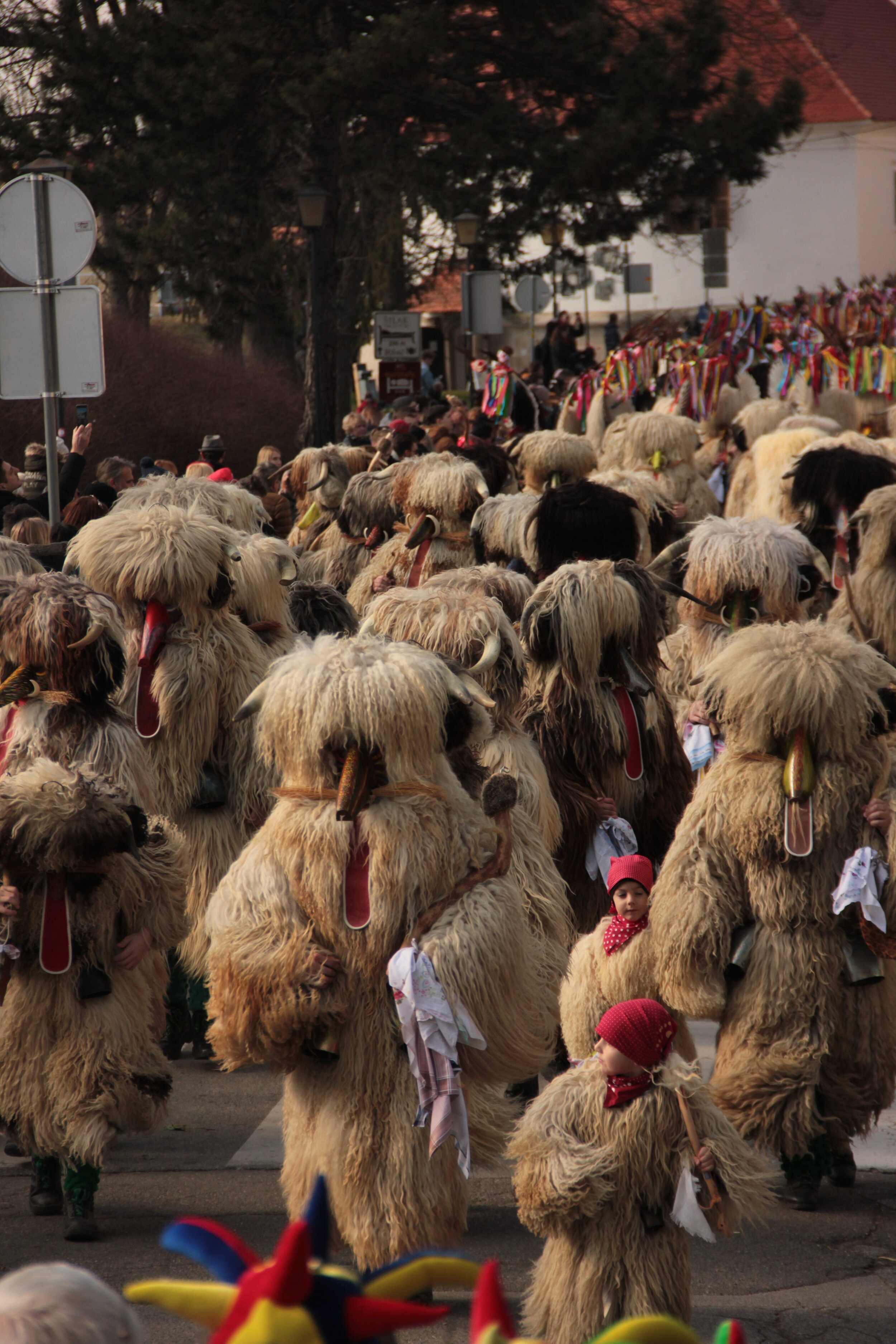


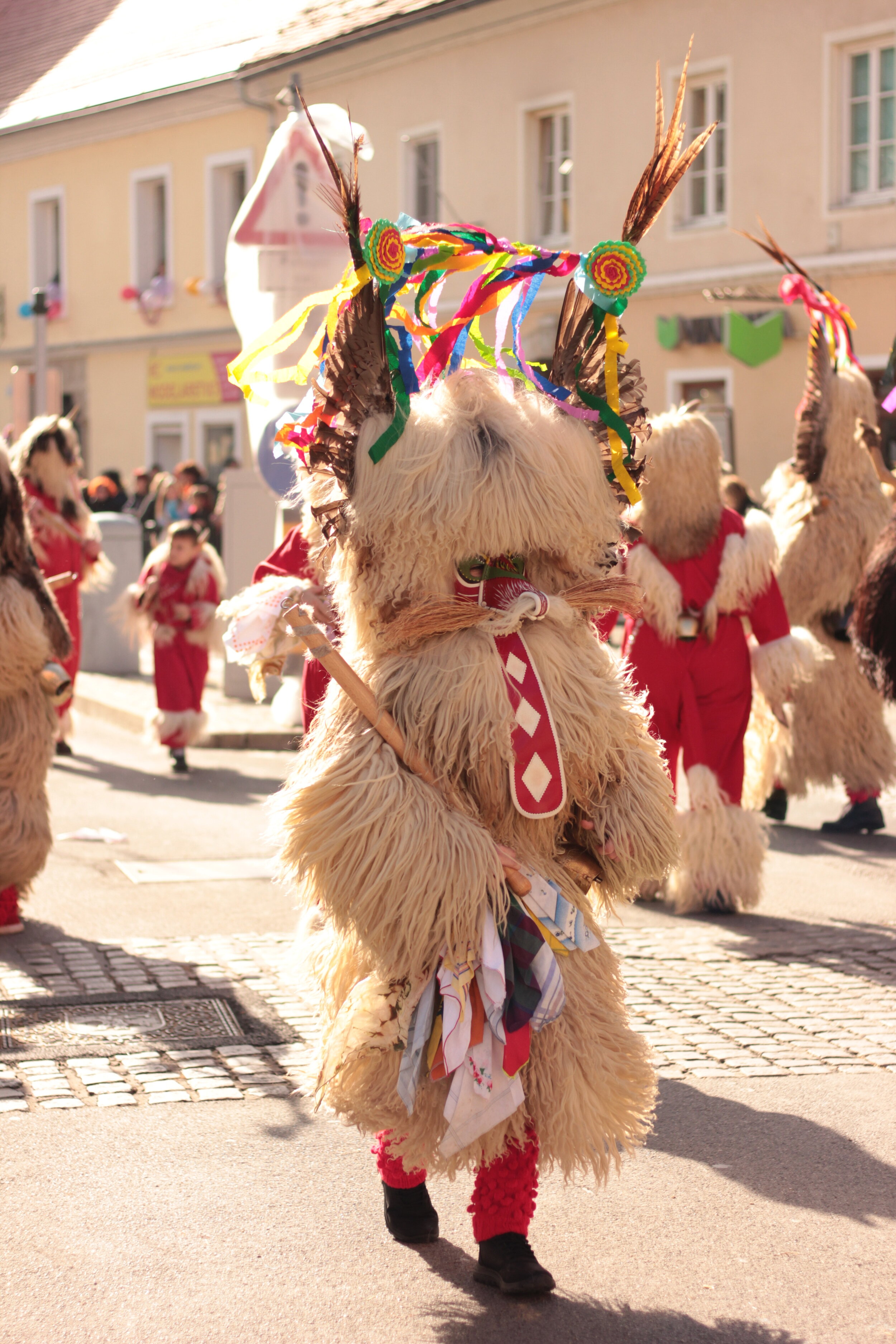
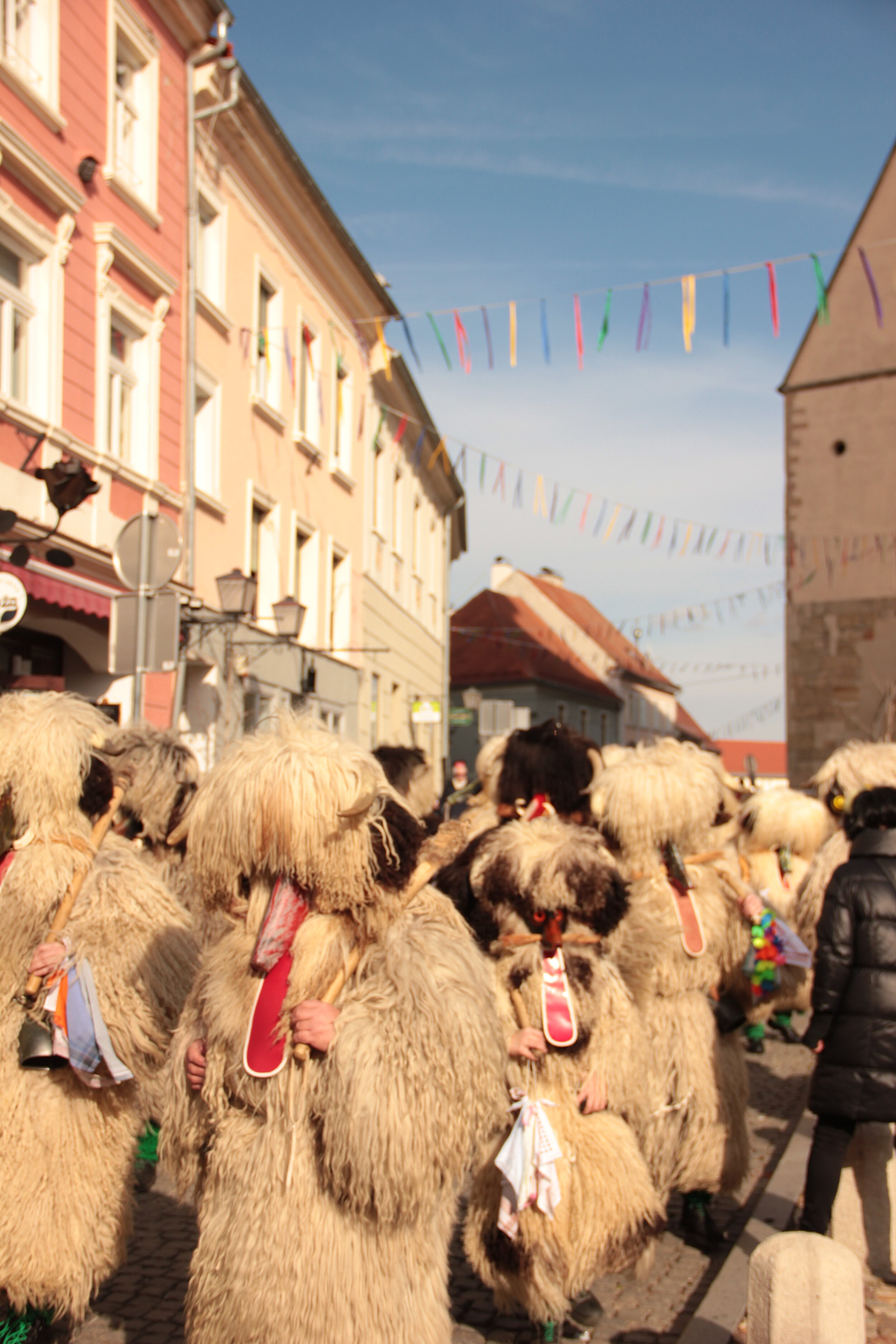
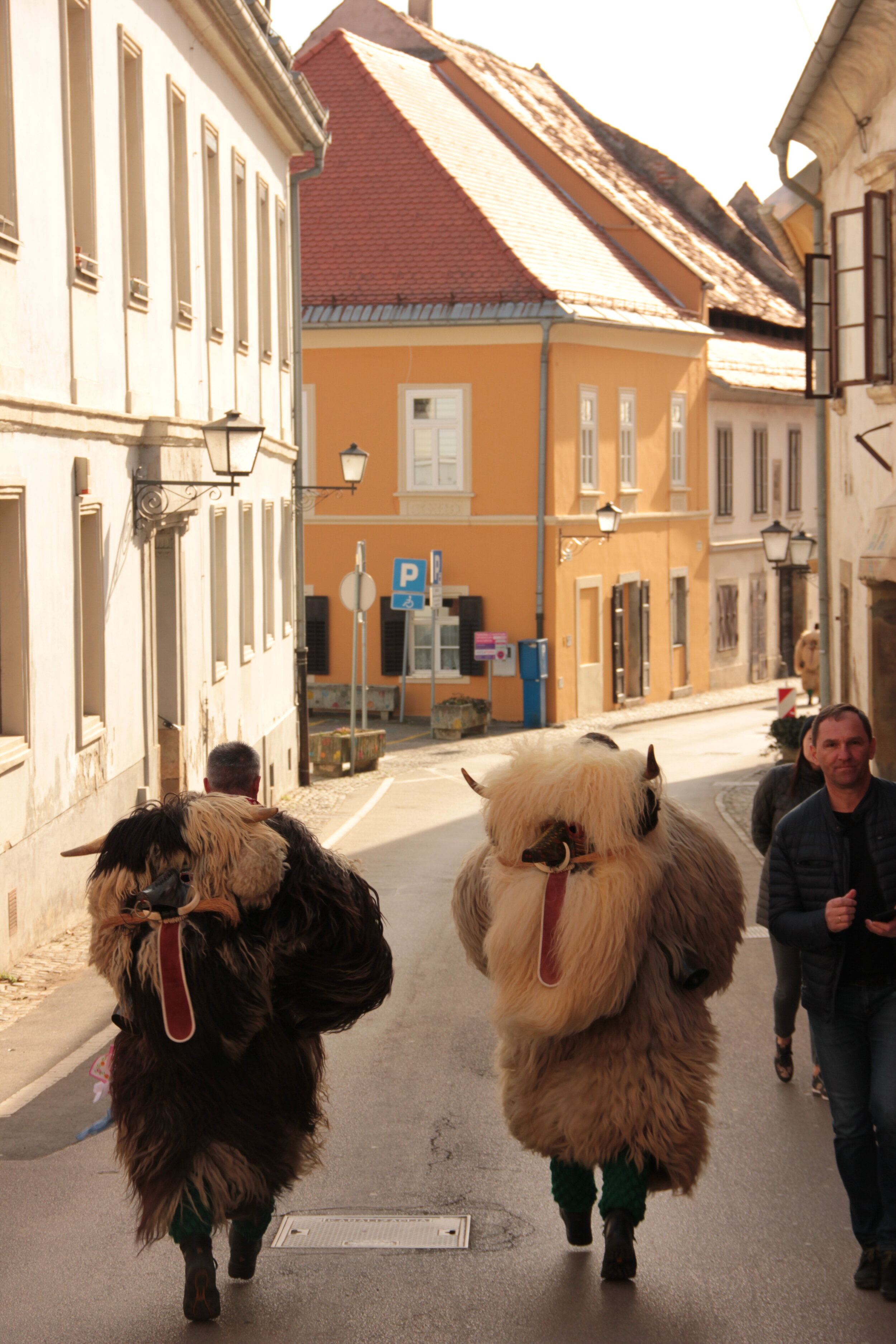


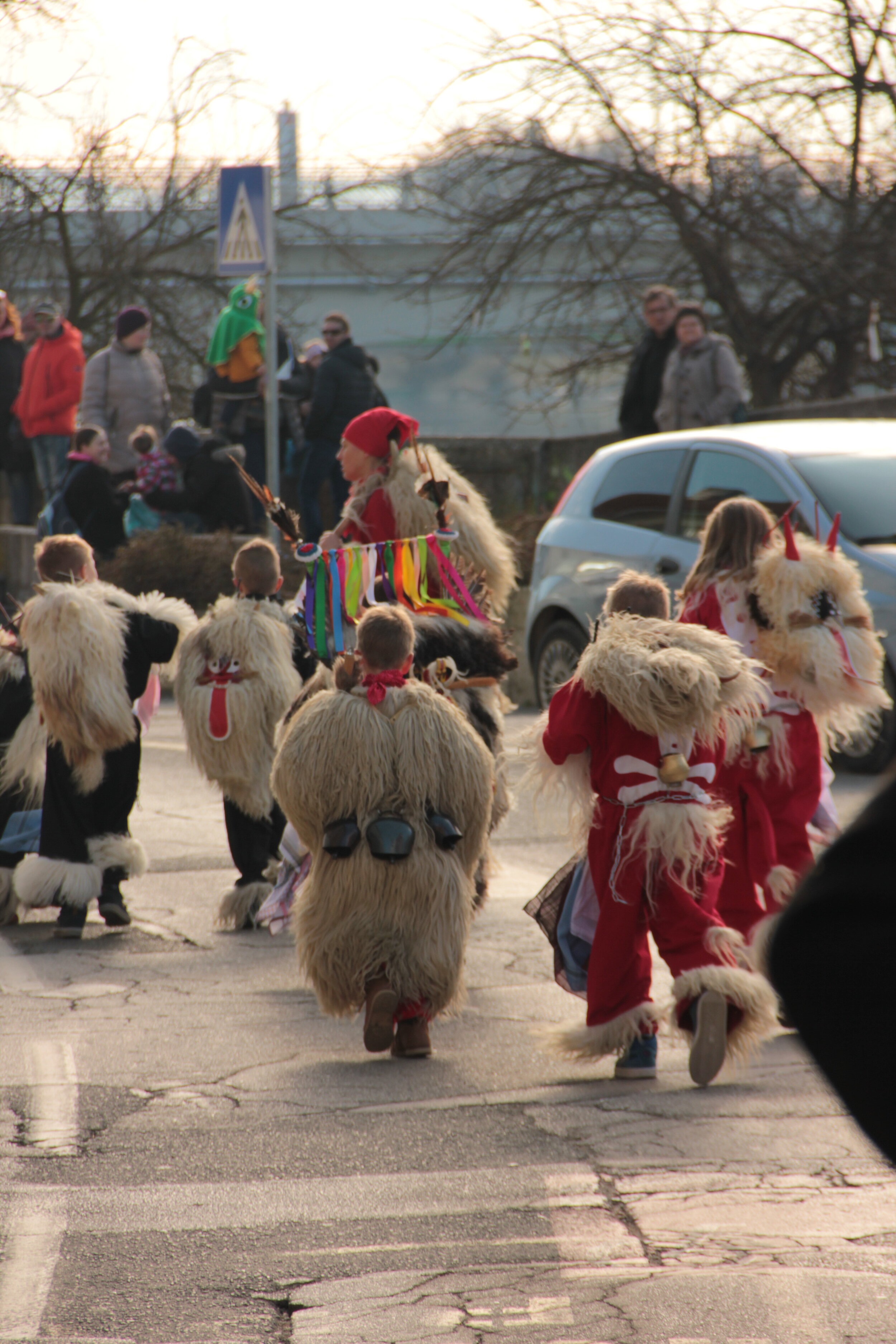






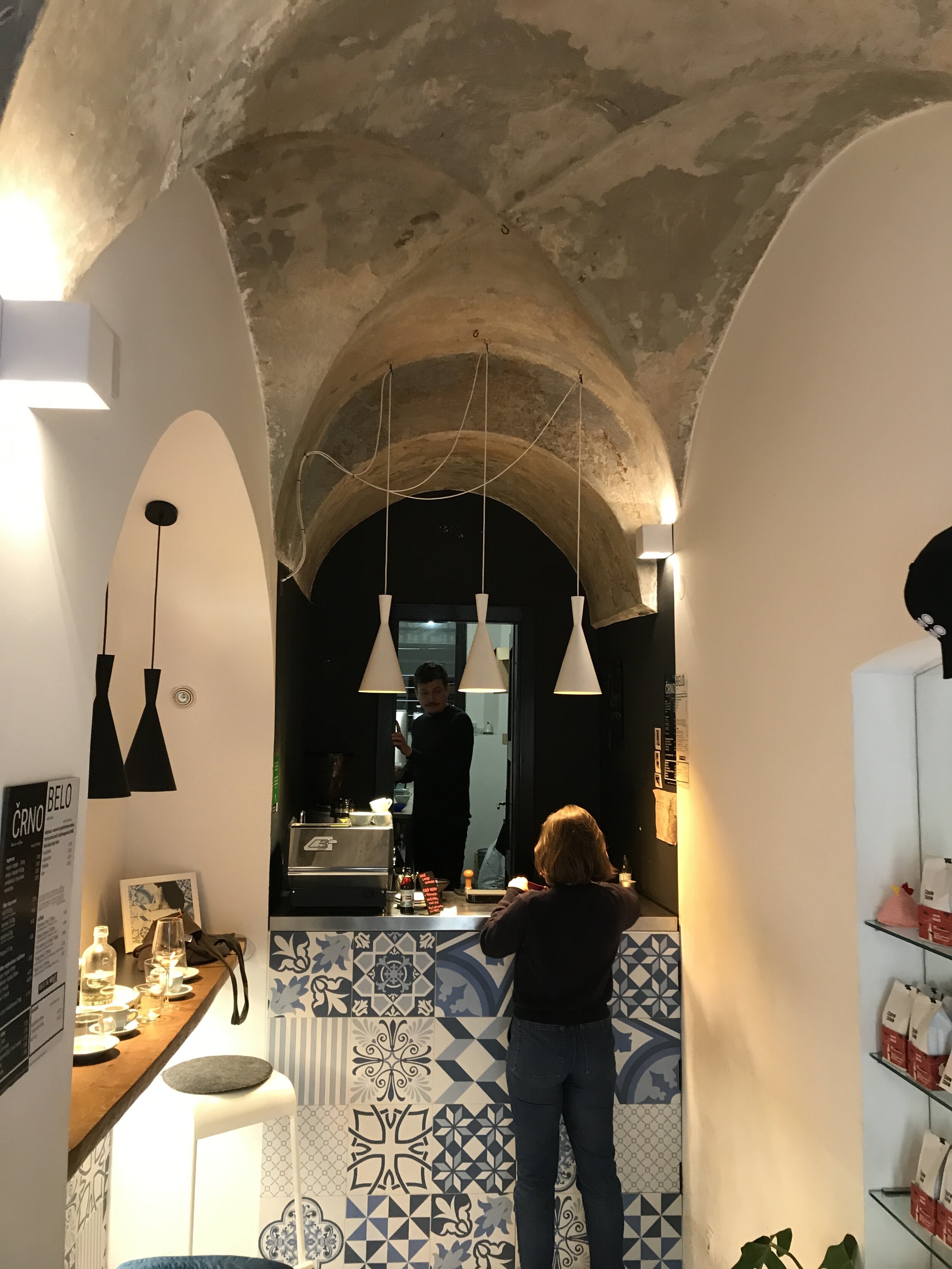


Our guide on what you need to know about Ptuj.